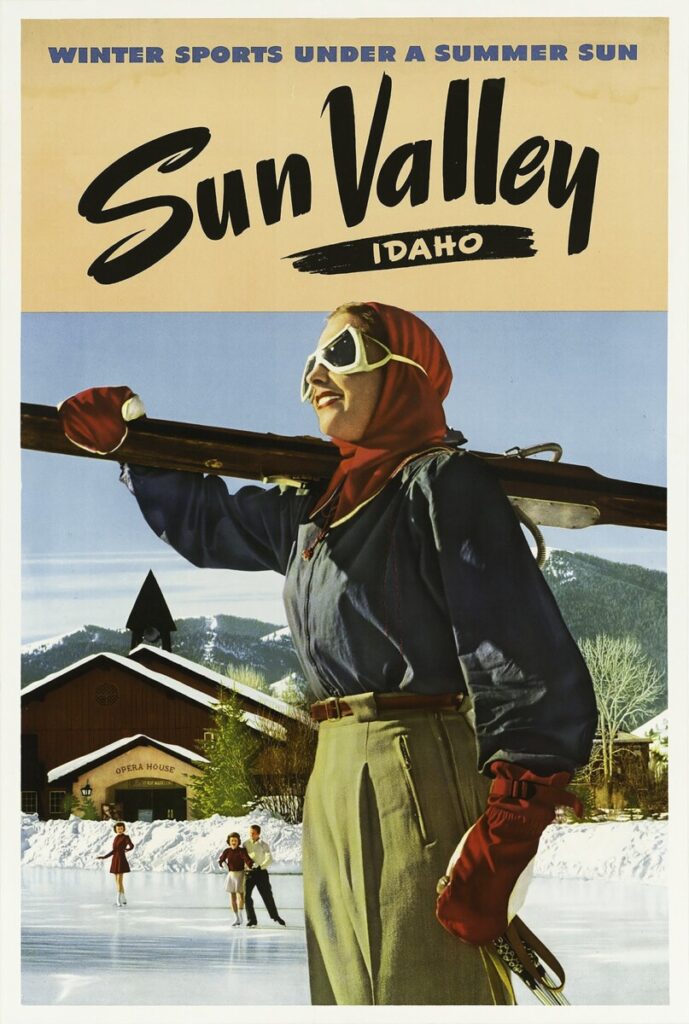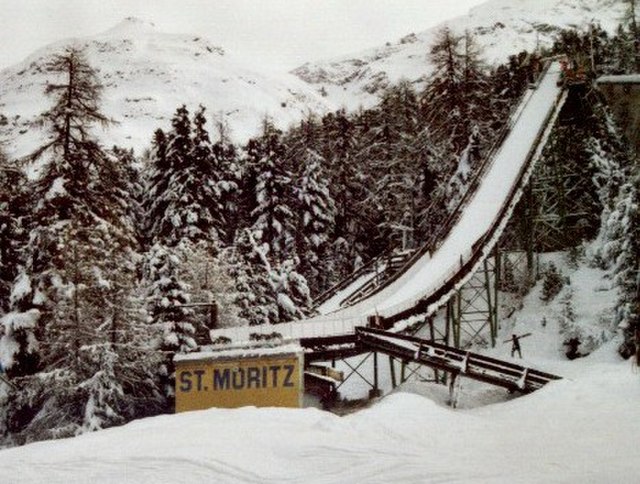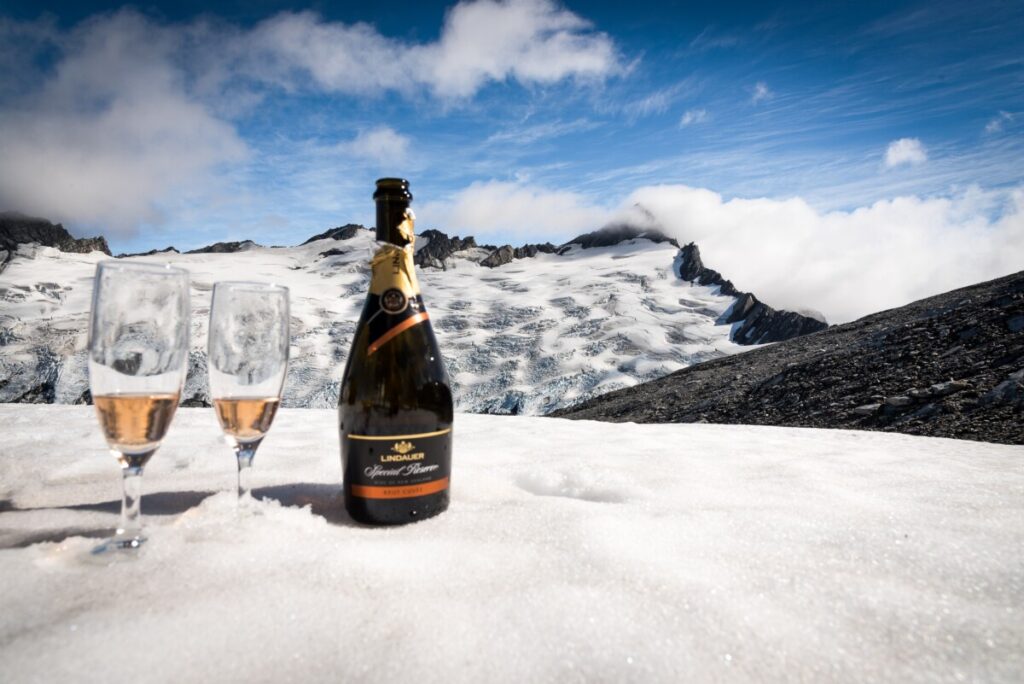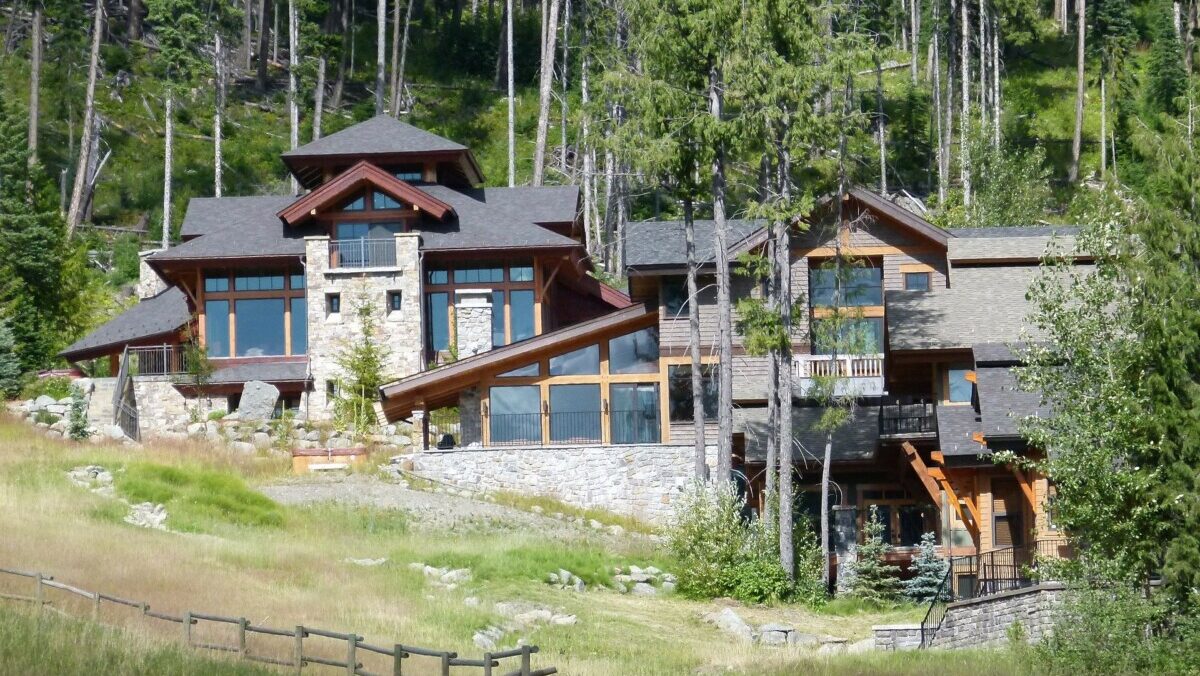
Want to take your family to Aspen for winter break for a relaxing and exciting vacation? Be ready to cough up $25,000, at least! Or, want to spend a day alone cruising down Vail’s back bowls? It will cost $209! How can this be possible when that same lift ticket only 40 years ago would sell for as low as $10? What factors over the last 80 years have led to skiing becoming so inaccessible for the average American family?Well, many factors. Let’s break them down.
European skiing had long been the desirable destination for skiers and thrill seekers all over the world. Charmonix Valley in France welcomed many drawn to its long runs and steep, steep slopes. St. Moritz in the early 1900s was a place only the rich could afford and it elevated the status of the countries along the Alps. The 1920s saw a great spike in tourism in resort towns like these, and they began to rely on the tourist industry to support themselves. Clubs and races were organized and thousands traveled to see it all in action. James Bond movies began to feature skiing, to exaggerate how wealthy and high-class Bond was. The 1931 movie The White Ecstasy captured this new thrill and grandeur that the sport of downhill skiing developed into, and turned two skiers into movie stars. The overall environment of skiing quickly merged with the social life in Europe and the two were co-dependent, as big groups, including royals, turned the sport in a full day spectacle. To no surprise, Americans wanted to have rival destinations, so that its own movie stars would come and show off the appeal of the new American ski resort. So, came Sun Valley. Perhaps not as well-known as Aspen, but undoubtedly the most successful precursor to the present celebrity and billionaire hub. Nonetheless, a few famous names still frequent the area, such as Tom Hanks and Oprah. This is our first factor. When desired people come to a place, others follow. The rich, powerful, and famous set a standard that says to the public, come here, have fun. The past 80 years Sun Valley has upheld this standard of luxury.

In 1936 Sun Valley Resort was nothing more than a barren wasteland in the once booming mining town of Ketchum. It was scouted as an area for a possible destination ski resort and soon after dubbed “America’s First Destination Ski Resort.” As Annie Coleman demonstrates in her book Ski Style: Sport and Culture in the Rockies, Sun Valley accommodated quickly to all of its new guests, even installing a ballroom for all of the elite visitors to enjoy and socialize. Sun Valley also attracted European skiers who came to be instructors to America’s movie stars and upper class. These European instructors were in high demand, especially amongst the women who were not only drawn to their skills but also their looks. The men did not come just to do and teach what they loved; being in such high demand, they were paid an impressive salary. Some of the in-demand European instructors were Hans Hauser, Joseph Benedicter, Franz Epp, Alfred Dingl, Joseph Schwaighofer, and Roland Cossman. Hauser was paid $1,000 per season and the other men were paid $500. That is about $19,000 and $9,000, respectively. Although this does not seem like too much today, the instructors were also given free housing, transit, and were flown all over the country to promote American skiing. Paying instructors made the practice of just learning how to ski even more expensive, not including having to pay for transportation and lodging. The lodging that was suited for the movie stars, that is.
Not longer after the grand opening of Sun Valley, Europe was affected by World War II, and as a result American skiing was able to move its way into the front lines. During the war the slopes were informally reserved for mountain military troops. The once extremely vibrant ski social life of European slopes dwindled down. Those in America continued to ski in the early years of the war. The 10th Mountain Division in the States greatly contributed to the foundation of some ski resorts such as Aspen because they later worked there, developing ski lifts and establishing order. In the early 1940s Americans were eager for isolationism and to be worlds removed from the tumultuous war breaking out overseas. Many were able to stay home for a while and advance skiing technology. In that time and afterwards, American ski resorts leapt in front of the Europeans in snowmaking, lift, and grooming technology. During the war, when so much of the European clientele lost money, Americans had a boom after the Great Depression. As a result, the American clientele was now in high demand in Europe, but they were already reviving their own resorts. However, the Americans that did travel to Switzerland came back home with ideas as to how it was possible to further expand the luxurious resorts and hotels. Matching the Swiss ideal was the pinnacle of the launch of American ski resorts for it justified why it could be so expensive. This factor is the Europeanization of American ski resorts. Since Europe was already known for its extravagant resorts, providing that same standard of luxury all throughout the western and eastern parts of America would diminish the need for European travel and bring in more revenue for the home resorts. As mentioned earlier, resorts (that wanted it) had the goal of becoming like Sun Valley.

Say you are able to arrange all your transportation needs to get to Sun Valley. You have your flight, your hotel booked, your restaurant reservations. All that is left is to rent your equipment and buy a ski lift. After you check those, you can longer go. Why is this?
The Sun Valley resort ski lift pass is $149 and on top of that renting equipment can cost up to $100. All of a sudden, a family ski trip is just too expensive. This is another factor as to how skiing has become so inaccessible for the average American family. In 1936, skis at Sun Valley cost $8.50 and boots cost $3.60. Today, that translates to roughly $163.31 for skis and $69.17 for boots. Even with inflation, prices today are in general staggeringly higher than in 1936. That $149 today would cost an individual only $7.76 eighty-five years ago. And $149 can even be cheap. Places like Vail see their prices rise up to $200 a day. As skiing became more popular, many resorts capped ticket sales, putting them in high demand and forcing those who could afford it to buy it at higher prices to do so. The families that could afford it will indefinitely get a first come first serve treatment. The resorts are a business that just want money, so they follow where the money is, and the money is from the wealthy families. As crowds get larger, many complain, so the solution is this capping.
The graph below shows Vail’s lift ticket prices over time. Prices have risen phenomenally since the resort’s opening in 1962. Adjusted for inflation, the $5 lift ticket would only cost around $42.85 today if the price had stayed constant. However, it costs a shocking $229 instead. Evidently, the price has not stayed anywhere near constant since skiing became a high-class phenomenon. The 1990s is when this change occurred, due to a new way of administering tickets and passes. Before 1990, the prices were relatively close to what they would be adjusted for inflation. Since then, it has become very hard for middle-class families to afford the tickets. Similarly, a one-day ski lift ticket at Sun Valley in 1990 cost $26 and in 2020 cost around $133. Adjusted for inflation, at a constant price, that 1990 price should translate into only $51.49 in 2020. The phenomenal rise of ski lift prices has caused it to be doubly more expensive to ski.

Our last, biggest, most recent factor of all, is, of course, the pandemic, also known as the billionaire’s pay day. In the past 80 years, or since American skiing has become elite that way it is now, the world has not seen such a huge, overnight loss in so many jobs. When the average American could no longer afford to even pay rent, let alone take a vacation, America’s wealthiest flocked to the slopes. For the top percent, working from home meant working somewhere far from the city in a mansion perched on the mountainside. This influx of American families seeking new homes led to a high demand in real estate, therefore raising the prices immensely. In addition, the average American family could not go skiing during the peak of the pandemic out of fear of flying on a commercial airline. This is where having the extra spending money greatly benefitted America’s upper class. They were able to avoid the panic of large airports and fly to their desired ski destinations in private jets, costing anywhere from $12,000 or more. There was practically no other way to travel for skiing when catching the coronavirus was such a prominent fear, so only the above average American families could go. While having to budget during this traumatic time, skiing was simply not a priority for people, most people. When the average American family saw how the wealthy families were able to afford skiing in at a time of nationwide struggle, it elevated the elite status of the sport even more. It looks like a sort of slap in the face from those that were able to do it. A spectacle that says “sorry you can’t come here. More room for us.” In addition to raising property sales in ski resort areas, the migration of the wealthy to ski towns has allowed for resorts to increase their prices. With less people in general skiing over the 2020-2021 season, the revenue had to be made up in some other way: by charging the wealthy. When already spending so much money, the elite American families would not care about spending even more. Therefore, the resorts know they can charge and keep charging their wealthy clients.

The intriguing sport of skiing in American first blew up in 1936 following the unveiling of the first true ski resort Sun Valley. Since then, it has consistently been on a steady rise, never losing avid participants. But, as a result, the cost of the sport has also been rising, and does not appear to be able to go back down. The crazy, unpredictable last year with COVID-19 has contributed the most to why skiing can be so expensive now. I would say that for the average American family, no thought is put out. Resorts are following the money and removing inclusion and diversity. Although still an elegant social affair, the sport of skiing in places such as Sun Valley, Aspen, and Vail has a target audience clientele that they will thoroughly stay loyal and that will do the same back towards them.
Thank you to the Colorado Snowsports Museum for their assistance in this blogpost.
Bibliography:
Avakian, Talia. “18 Mountains That Celebrities and Business Moguls Love to Ski.” Business Insider. Business Insider, January 12, 2016. Accessed May 13, 2021. https://www.businessinsider.com/where-the-one-percent-goes-to-ski-2016-1#courchevel-france-18.
Barclay. “$8 Lift Tickets Anyone?: Lift Ticket Prices Back In The Day Vs. Today.” Unofficial Networks. Last modified June 28, 2017. Accessed May 13, 2021. https://unofficialnetworks.com/2017/06/28/8-lift-tickets-anyone-lift-ticket-prices-back-in-the-day-vs-today/.
Berry, Julie. “Sun Valley’s Elite Beginnings: European Influence on the American Ski Industry.” Master’s thesis, Colorado State University, 2011. https://mountainscholar.org/bitstream/handle/10217/47302/Berry_colostate_0053N_10402.pdf?sequence=1&isAllowed=y.
Coleman, Annie Gilbert. “The Unbearable Whiteness of Skiing.” Pacific Historical Review, Vol. 65, No. 4, Tourism and the American West (1996): 583-614
Dinardo, Kelly. “Skiing as It Was Before Chairlifts.” The New York Times. The New York Times, December 11, 2014. Accessed May 13, 2021. https://www.nytimes.com/2014/12/14/travel/skiing-as-it-was-before-chairlifts.html#:~:text=The%20sport%20took%20off%20in,competitions%20to%20test%20their%20ability.
Coleman, Annie Gilbert. Ski Style: Sport and Culture in the Rockies. Lawrence, Kan.: University Press of Kansas, 2004.
Denning, Andrew. Skiing into Modernity, a Cultural and Environmental History. Berkeley: University of California Press, 2014.
Reynolds, Emma. “The Wealthy Are Moving To These 5 U.S. Mountain Towns.” Forbes. Forbes Magazine, January 16, 2021. Accessed May 13, 2021. https://www.forbes.com/sites/emmareynolds/2021/01/14/the-wealthy-are-moving-to-these-5-us-mountains-towns/.
Singer, Phillip M.; Willison, Charley E., Moore-Petinak, N’dea; Greer, Scott L. “26 ANATOMY OF A FAILURE: COVID-19 in the United States.” Coronavirus Politics: The Comparative Politics and Policy of COVID-19, (2021): 478-493
Ski, Telegraph. “Revealed: The World’s Most Luxurious Ski Resorts.” The Telegraph. Telegraph Media Group, March 29, 2019. Accessed May 13, 2021. https://www.telegraph.co.uk/travel/ski/articles/the-best-luxury-ski-resorts/.
SNOWboarding, TransWorld. “How Did Lift Tickets Become So Expensive?” SNOWBOARDER Magazine. SNOWBOARDER Magazine, April 4, 2018. Last modified April 4, 2018. Accessed May 13, 2021. https://www.snowboarder.com/transworld-snowboarding-archive/snowboarding-photos/when-did-ski-resort-lift-tickets-become-so-expensive/.
“The 1940s: Americans Make Many Tracks…and Much War.” The 1940s: Americans Make Many Tracks…and Much War | International Skiing History Association. Accessed May 13, 2021. https://skiinghistory.org/gallery/1940s-americans-make-many-tracks-much-war.
“The History of Sun Valley, Idaho.” Visit Sun Valley. Last modified March 9, 2021. Accessed May 13, 2021. https://www.visitsunvalley.com/about-sun-valley/history/.
“Vail’s History.” Vail Ski Resort. Accessed May 13, 2021. https://www.vail.com/explore-the-resort/about-the-resort/about-vail/history.aspx.

AMAZING!!!
traumatizing study room hours led to a good blog!!!